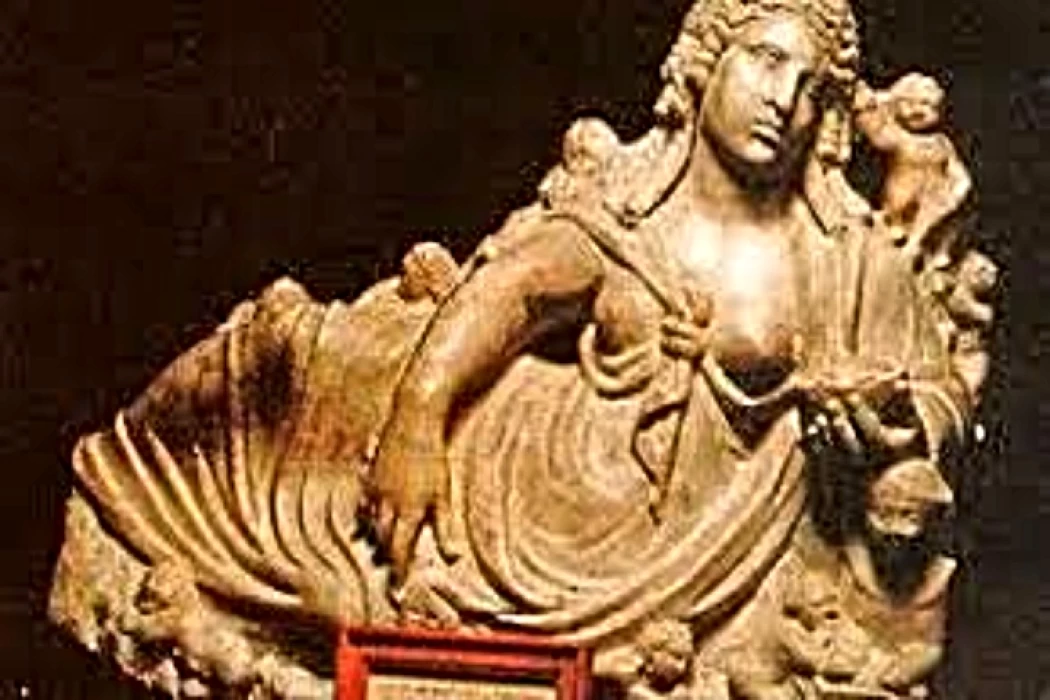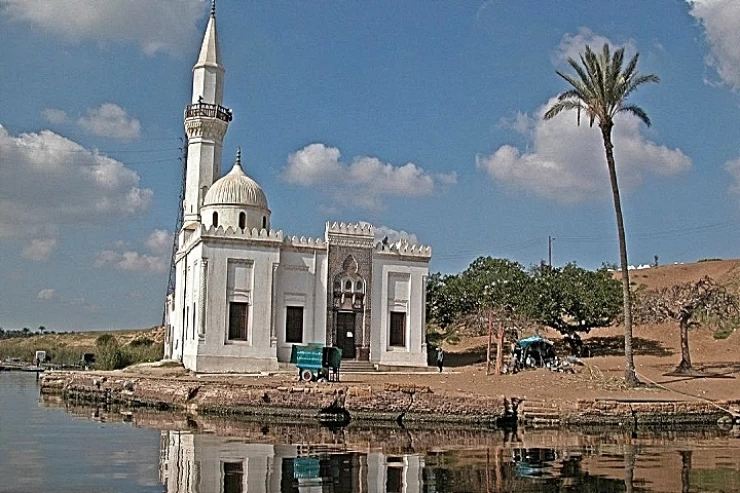
Graeco Roman Museum | History
The graeco roman museum Alexandria
The ‘Greco-Roman’ museum is one of the largest museums in Alexandria, and the restoration work, which had been suspended since 2005, was completed until the restoration work was started in 2018, as the museum was closed in 2005 with the aim of starting a restoration project, and indeed it was started in 2009, but it was stopped in 2011 for lack of financial funds at that time, and work resumed in 2018 until it was fully completed and inaugurated.
The Greco-Roman museum tickets price
Entry prices have been announced, to spend an entertaining and historical day, where for the Egyptian visitor the entry price is EGP 40 and the Egyptian student EGP 20, and for the foreign tourist EGP 300, and a foreign tourist student EGP 150, provided that payment is made with electronic cards, and entry is free for the categories, children under 6 years old and senior citizens of pensioners over 60 years old from Egyptians and Arabs, and Egyptians with special needs, except Friday, Saturday and public holidays, and official working hours, the museum is open daily from 9 am to 5 pm, with the ticket door closing at 4:30 pm, with the use of a mobile camera available for free. 30 pm, with the use of a mobile camera available free of charge.
What is the Graeco Roman style?
The project included painting the exterior and interior walls, reinforcing the old walls of the museum with an iron structure, restoring the museum's classic facade, upgrading the lighting and surveillance systems, a hall that displays a collection of gypsum reproductions, some of which were displayed in the old museum, as well as an educational section, a museum archive, a historical library, warehouses, and a restoration centre.
The project also included raising the efficiency of the services provided to visitors in order to improve the tourist experience and make it more attractive and easy, as the museum was provided with cafeterias and a gift house, and the museum was made available to receive accessible tourism for people of determination by allocating toilets, lifts, and places for museum education for them
The museum consists of the ground floor and contains 27 halls that include archaeological pieces that are arranged according to historical order, starting from before Alexander the Great (5th century BC) to the Byzantine era (6th century AD), in addition to archaeological stores and laboratories for the restoration of organic and inorganic antiquities in addition to water toilets, mezzanine and includes 4 halls: Museum Education Hall - Archive and Registration - Gypsoteca - Study Hall.
Additionally, there are cafeterias, restaurants, a rare book library, a lecture hall, archaeological stores, and restrooms on the first floor, along with historical classifications of archaeological artifacts based on a variety of topics, including: Nile Hall, Agora, Reddish Land, Industry and Trade, Currency, Alexandrian Art, Bubastians, Kom El Shokafa, and Alexandrian Sculptures.
Through the permanent display of the Greco-Roman museum scenario, museum re-presentation, and the introduction of new sections in the museum to serve modern museum thought, the museum's 6,000 artifacts helped to diversify the topics of presentation within the museum exhibition halls from the past and covered historical areas of the history of ancient Egypt in general and Alexandria in particular. These sections highlight the intellectual and artistic blending between the ancient Egyptian, Greek, Roman, Coptic, and Byzantine civilizations.
It includes displays of artefacts representing the ruling state and political life in Egypt during the Ptolemaic and Roman era, displaying the form of Greek and Roman daily life in Alexandria, displaying the idea of religion and worship in the Greek and Roman eras, through the Greco-Roman Museum's well-known and distinctive collections such as the Black Head Collection and the Reddish Land Collection, displaying the Temple of the Crocodile - Sobek, displaying the idea of Alexandria and intellectual knowledge and science.
It also presents the idea of trade and trade exchange and Egyptian crafts (ivory, bone, jewellery, vians, etc.) that spread throughout Egypt in ancient times and were exchanged with some friendly countries.
The museum is equipped with a conference hall and the library of the Greco-Roman Museum, which includes 12 thousand books of the rarest books in the world, and another for museum education to attract children to the museum through various workshops and activities that raise archaeological awareness among children, and the hall of gypsum clones that resemble artistic models in international museums, and a hall for study and students.
The idea of establishing the museum began in 1891 when Italian archaeologist Giuseppe Boit thought of allocating a place to contain the archaeological discoveries uncovered in Alexandria in order to preserve its cultural history, especially after these discoveries were deposited in the Bulaq Museum in Cairo.
The German engineer Dertisch and the Dutch engineer Leon Stenon built the current museum building in the style of Greek buildings, and the museum opened for the first time during the reign of Khedive Abbas Helmy II on 26 September 1895.















